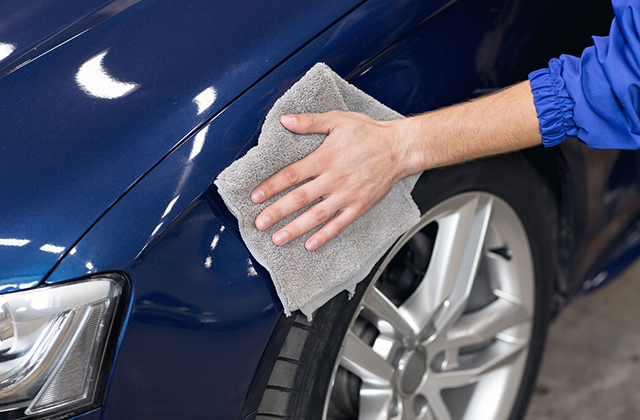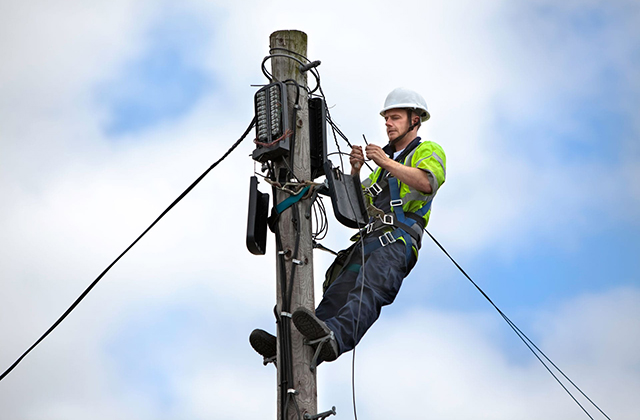A lot of people feel intimidated by the cost and commitment of using spray foam insulation in their houses. Without knowing the benefits that spray foam insulation can provide for their home and family, the option could be easily overlooked. Using a foam gun you can spray while adjusting the size of the pressure.
In actuality, spray foam insulation outperforms all other types of insulation by incredible margins. Here are 7 ways that spray foam insulation can benefit your home and save you money.
What is Spray Foam Insulation?
Spray foam insulation is developed from two types of composite materials, polyurethane and isocyanate. When combined, these two materials chemically react to each other and cause their combined substance to expand and harden. During the installation process, both materials are simultaneously sprayed from the tip of a spray foam gun, allowing them to expand and form a protective layer of spray foam insulation over the desired area. To learn more about spray foam insulation, download our spray foam insulation eBook.
There are two types of spray foam insulation – open-cell and closed-cell. Open-cell spray foam is more dense than closed-cell spray foam insulation, and is spongy to touch. This gives it an effective sound dampening effect. It is less expensive than closed-cell spray foam insulation.
Closed-cell insulation, while more expensive than open-cell, has its own list of amazing benefits.
Benefits of Closed-Cell Spray Foam Insulation
1. Powerful Insulator
Spray foam insulation works far better than other popular types of insulation. Because of its expansive nature, spray foam tightly seals all nooks and crannies that otherwise would have been left exposed. Spray foam’s resistance value, or its ability to provide an air-tight seal, ranked at R-6, the highest rank on the market today.
2. Incredible Energy Savings
Because spray foam in such a powerful insulator, families and businesses have actually been able to save a significant amount on their energy expenses. Spray foam insulation has shown to provide energy savings at an average of 50% or more, unlike other types of insulation that average a savings rate of about 30%.
3. Air-tight Seal
Spray foam insulation is uniquely capable of thoroughly sealing holes and cracks in your attic or crawl space. Air leaks are often one of the biggest reasons for high energy bills. Spray foam insulation creates a powerful airtight seal that has shown to be 24 times less permeable to air infiltration than other types of insulation.
4. Moisture Barrier
Holes and cracks in your walls and crawl space can allow entrance to more than just air. Water and moisture can gain access to these areas through exposed cracks and holes if not sealed.
Spray foam insulation is impermeable to water. This means that not only will spray foam thoroughly seal and protect your attic and crawl space from airborne moisture and leaks, but if flooding should occur in the area, spray foam insulation will not absorb the water like other materials will.
5. Deters Mold
Spray foam is not only water resistant, but it is composed of an inert polymer that provides no source of food for mold or bacteria. Homes that are insulated using closed-cell insulation are better protected against mold and mildew.
6. Long Life-Span
The inert polymer that spray foam insulation is comprised of allows it to have an indefinite lifespan. This allows homes and businesses to enjoy the benefits of spray foam insulation for years on end before needing to re-insulate. Businesses and families that invest in spray foam insulation can actually save money over the course of 20 years or more because of spray foam’s unique ability to perform at optimal levels for extended periods of time.
7. Eco-Friendly
One of the most common inquiries made about spray foam insulation is if it is eco-friendly. Our answer is yes! There are several reasons for this.
- Spray foam helps reduce energy consumption and create a ‘green’ household.
- Protects against moisture and mold growth
- Designed to last indefinitely, producing fewer consumed materials


